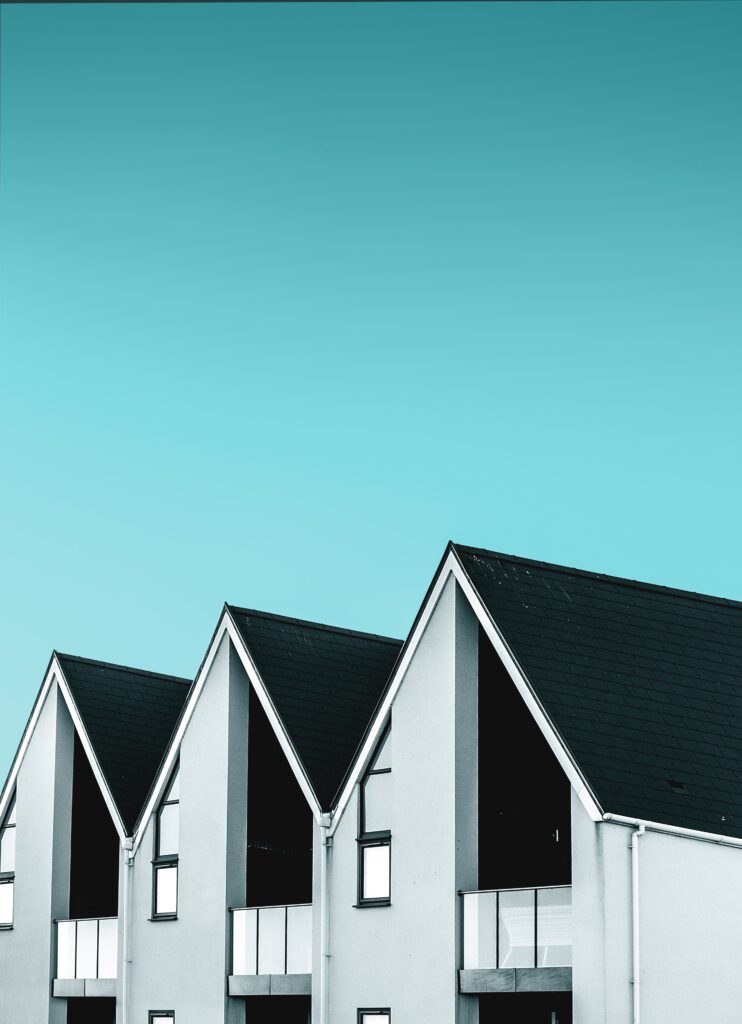Why do certain paint jobs, done five years ago peel and flake appear as though they were applied just last week? The solution is deceptively easy: When applied correctly over a thoroughly prepared surface, high-quality exterior paint lasts longer than less expensive paint. However, attempting to identify the nice items at the supermarket can be a sensory-overloading experience. In this article, you’ll learn some useful advice on both the crucial preparation procedure and the aesthetic science of colour selection. Here are some tips for the best exterior house paint.
A Defense of “Latex” (aka Water-Based Paint)
The superiority of oil-based or water-based paint has been the subject of heated discussion for years. Alkyd paints and other oil-based materials can be cleaned with mineral spirits. Water is used to clean up water-based materials, which are now based on vinyl and acrylics but are still referred to as latex paints.
Despite the fact that the subject is still being raised, water-based paints are the clear winner for home exteriors.
Oil-based paints
On the other hand, oil-based paints dry to a rigid covering that obstructs moisture. The effects can include obvious fissures as siding gives way and paint blisters as moisture trapped inside tries to escape. Because they contain fewer volatile organic compounds than oil-based paints, water-based paints are also better for the environment.
Choose the Best Exterior House Paint Quality
Any manufacturer’s premium line will almost definitely be more durable and have better coverage than its more affordable counterparts. It makes sense to purchase high-quality paint because the majority of the cost of painting is labour. However, let’s say that during the following several years you wish to relocate or alter the colour scheme of your house. This is where you may save money by choosing a mid-range paint that has a warranty of around 10 years. Other methods for selecting top-notch exterior paint from a selection include:
Suitable pigments:
Good paint can be thoroughly covered in a single coat thanks to its high-quality pigments. It is frequently necessary to apply multiple layers of paint when using cheaper pigments. Considering the additional labour involved, purchasing inferior paint is not a wise economical move. Titanium dioxide is the ideal pigment. When the ingredients are mentioned on the can, look for it.
A high proportion of solids
After the paint has dried, what is left on the wall are the solids. The more solids present, the better because you’ll end up with a denser, more lasting covering. Anything above 45 percent is regarded as good.
Many paint manufacturers employ all-acrylic for their premium exterior paints designed to withstand the environment and modified acrylic for their interior lines.
Use elastomeric paint over stucco that is prone to cracking. It leaves a durable film that is twice as thick and is more flexible than typical coatings (about 5 mils).
Finding the Right Hue for Your Home’s Paint Colours
There are many white homes since selecting and coordinating colours can be nerve-wracking. Thankfully, paint firms are making this process less painful. Many include colour cards with suggested siding and trim colour pairings. Others have also developed alternative strategies.
Alternatively, you might select a house from the software that resembles yours. Whatever way you choose, keep in mind that your roof and landscaping won’t alter, nor will those of the other houses on your street. Therefore, when making your choice, take into account these permanent hues. Dark hues absorb heat and are more susceptible to moisture issues.
Proper Preparation: Painting Your Home’s Exterior
If applied improperly, even the best exterior paint can deteriorate. Any untreated surface should always be painted with a primer to seal it off and create a surface on which topcoats can adhere. Because they better conceal bleed-through from wood knots, alkyd primers are preferable for bare wood; be sure the primer’s label specifically specifies that it is intended to stop bleed-through.
If knots are not a problem, water-based primers are a suitable option. Both forms of primer are suitable with water-based paints. Prime only as necessary while repainting. It’s possible that you won’t even need to prime if the paint isn’t chipped or damaged.
Not sure if priming is necessary? Take this quiz: Let the paint dry after painting a small section of the wall. After that, apply an adhesive bandage to the freshly painted surface and quickly remove it. If paint sticks to it, the previous layer won’t support the new one, necessitating the application of primer. Power wash the siding and paint if the bandage is clean.
Conclusion
The MacInTouch company advises priming, two coats of water-based paint, and dipping each piece of siding in a paintable water-repellent before painting the new construction to make it the best exterior house paint. In order to decrease vapour, the lab also advises mounting siding on furring strips and creating a vented space behind it. To keep insects out, screen the bottom and seal it.
Make sure the painting contractor you employ adheres to the instructions provided by the paint manufacturer. For instance, to apply water-based paint, the temperature needs to be between 50° and 90°F. Additionally, the topcoat ought to be applied two weeks after the primer. If you wait too long, the surface roughness of the primer will deteriorate, weakening the mechanical link between the two.
And if you use two topcoats (which is advised for new buildings), the second one needs to be applied two weeks after the first. There are many different exterior paints available. Your paint job will last much longer into the next century if you know how to choose the best from a group of cans that all appear to be similar.



